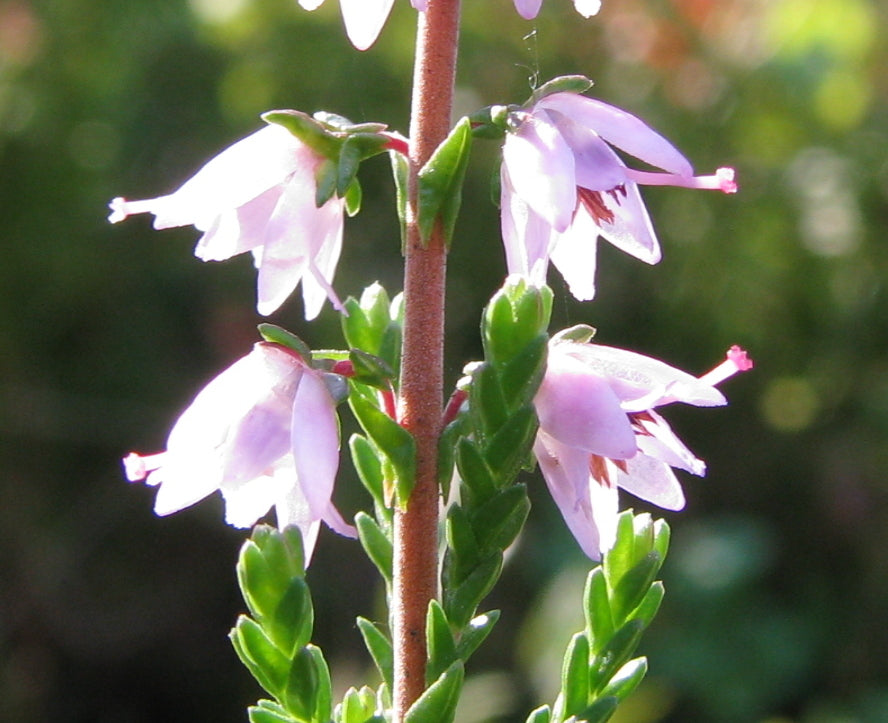
Wild Edible Of The Week - Week 23 - "Hazelnut"
Botanical name : Corylus avellana
Common names : Hazel

Physical appearance : A small hardy tree or a multi-stemmed shrub. Its leaves are toothed and downy. In the approach to Winter, the hazel produces yellow catkins colloquially known as "lamb's tails". The fruit or "nuts" it produces are ovoid and encased in a green, leafy cup.

(Photo above: Male catkins).
Edible parts : The kernels (hazel nuts).

Best places to find : Most readily found in woodlands, scrubland and hedgerows. Generally likes well drained soils so will not usually grow in very damp environments.
Time of year : The nuts are best gathered from mid September onward, when the leaves start to turn yellow. When picked too early, the nuts can be a little bland. The sweetness develops once the protective shell starts to brown.

Serving suggestions : Can be used to flavour ice creams and puddings. Add to bread, salads, muesli for extra crunch and texture.
Other recipes : Nut cutlets.
Interesting factoid - The hazel is a useful tree/plant. Not only does it provide sustenance but good building materials also. Its branches are ideal for building fences and shelters as they are supple and can be manipulated into useful shapes. Its wood is also good for making spoons, cups and other useful items. The leaves of the hazel can be used as food for livestock.

NB - Please be sure you know what you are picking. Many plants look similar to one another and many can be poisonous! Please seek professional instruction if you are unsure! Don't risk your life!!!
Photos courtesy of :
CC BY-SA 3.0, https://commons.wikimedia.org/w/index.php?curid=144925
By Agnes Monkelbaan - Own work, CC BY-SA 4.0, https://commons.wikimedia.org/w/index.php?curid=99703307
By Misolonax - Own work, CC BY-SA 4.0, https://commons.wikimedia.org/w/index.php?curid=61038627
By Ivar Leidus - Own work, CC BY-SA 4.0, https://commons.wikimedia.org/w/index.php?curid=98707662

